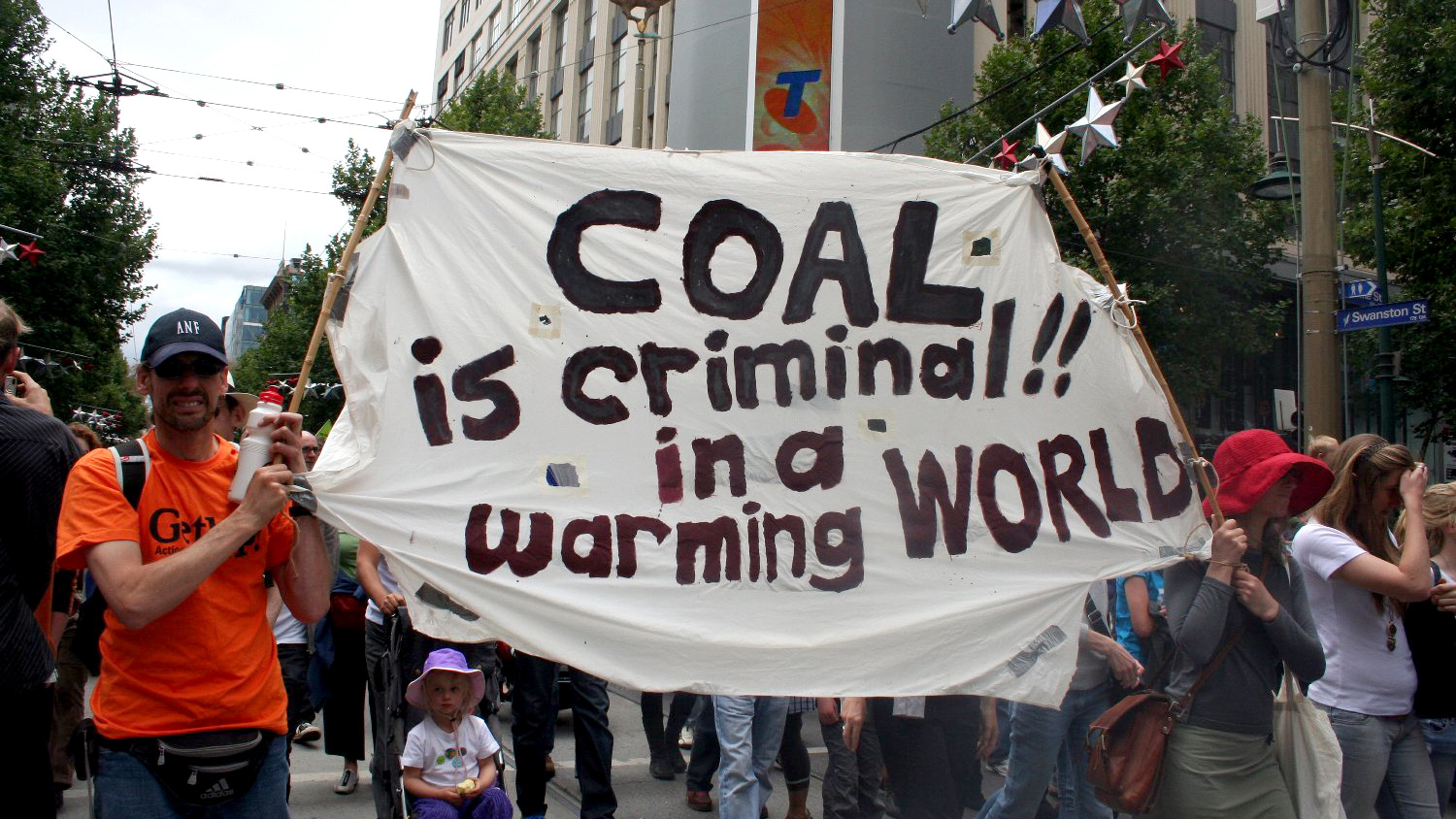Republicans accuse President Obama of waging a “war on coal.” While that is unfortunately a vast overstatement, it is true that reducing greenhouse gas emissions will require burning less coal. Since Obama wants to do the former, he’s been taking steps to ensure that we do the latter. And American coal consumption is declining, thanks in part to administration policies, but mostly to grassroots action by groups like the Sierra Club, some progressive state governments, and the natural gas boom.
Just last week, the Union of Concerned Scientists touted the good news about coal’s sinking prospects here in the U.S. Its analysis “showed that in addition to the 18 gigawatts (GW) of coal units that were retired between 2011 and 2013 and the 28 GW that have already been announced for retirement by 2025, another 59 GW — about 329 generators — are no longer economically competitive and should be considered for closure.”
But the U.S. is not the only place where coal is burned. China is the world’s most populous country, and its rapidly growing economy needs fuel for electricity. About 68 percent of that electricity is currently being supplied by coal. Only recently, as smog has threatened to render some of its cities uninhabitable, has China begun to contemplate weaning itself off coal.
Still, in the immediate future, coal burning in China and in Asia as a whole is projected to keep rising. On Monday, the International Energy Agency reported in its annual Medium-Term Coal Market Report that China will keep burning mountains of coal for at least the next few years. Since coal burning for electricity is the world’s single biggest source of CO2 emissions, this is very bad news for the environment.
“While China will account for nearly 60% of new global demand over the next five years, government efforts to encourage energy efficiency and diversify electricity generation will dent that growth, slowing the global increase in demand,” the IEA writes. “Despite its moderated demand forecast, the report does not project peak coal in China within the next five years, and the nation’s consumption and production will remain comparable to that of the rest of the world combined.”
As a result, the IEA predicts that as global energy consumption rises, a plurality of the new supply will come from coal. “Despite the slightly slower pace of growth, however, coal will meet more of the increase in global primary energy than oil or gas,” it writes, “continuing a trend that has been in place for more than a decade.” This is not a good trend. However you feel about natural gas, coal is worse for air pollution generally and for climate change in particular.
American coal companies know which way the wind is blowing, which is why they are trying to figure out how to get their product to Asian markets, as Brad Plumer notes in The Washington Post. And that’s why the battle over building coal export terminals on the U.S. West Coast is so important.
The U.S. is beginning to try to withdraw public financing for coal plants internationally. But it cannot stop China and India from burning coal. And the Obama administration still hasn’t even stopped the money-losing extraction of coal from public lands in the U.S. Even the domestic “war on coal” is pretty half-hearted so far.



